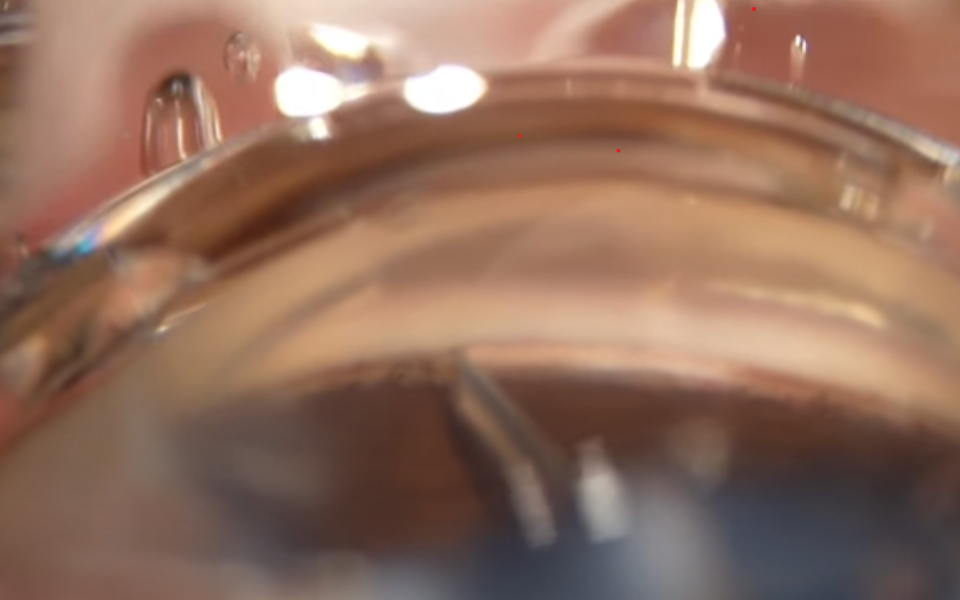Glaucoma is a chronic progressive optic neuropathy characterized by visual field changes and optic nerve cupping. It is the second most common cause of irreversible blindness across the globe. Managing glaucoma in developed and developing countries poses a substantial economic and social burden. Glaucoma accounts for a total of 8% percent of blindness worldwide. The modifiable risk factor for glaucoma is intraocular pressure (IOP) which is the main line of treatment.
The conventional treatment modalities for mild to moderate glaucoma are antiglaucoma medications and laser procedures in the form of laser iridotomy and laser trabeculoplasty. Advanced cases or cases with non-resolving intraocular pressure require a target IOP to safeguard vision and field. The treatment for advanced stages can be trabeculectomy and glaucoma drainage devices (GDD).
MIGS is a minimally invasive glaucoma surgery that uses microscopic instruments to facilitate small incision surgery. It provides a safer option to reduce eye pressure than conventional surgery, with the added benefits of faster recovery time and fewer complications. Compared to traditional incisional surgeries, MIGS carry a much lower risk of serious complications such as hypotony, choroidal effusions, or choroidal hemorrhages. The goal of MIGS procedures is to improve fluid drainage out of the eye in patients with mild to moderate glaucoma, reducing elevated eye pressure that damages the optic nerve. Clinical trials have shown that MIGS procedures achieve a significant decrease in eye pressure over periods of up to 24 months, along with a decrease of an average one to one and half eye drop .
In all angle based surgeries including i-stent implants, KDB surgery, BANG and GATT the site of action is the trabecular meshwork. Traditionally it is believed that in open angle glaucoma maximum resistance to the outflow of aqueous is at the level of trabecular meshwork. Trabecular meshwork forms the internal lining or wall of schlemm canal. All the MIGS procedures are based on bypassing the resistance of TM to aqueous flow. Though effectiveness may vary depending on the choice of Schlemm’s canal-based MIGS, study population, glaucoma type, success definition, and follow-up duration, success rates usually range between 75 to 90% at 12 months.
advantage of MIGS over traditional surgery are :
- High safety profile: Compared to traditional incisional surgeries, MIGS carry a much lower risk of serious complications such as hypotony, choroidal effusions, or choroidal hemorrhages.
- Minimal disruption of normal anatomy: MIGS allow for enhancement of physiological outflow mechanisms avoiding major alterations in normal ocular anatomy.
- Ab interno approach: MIGS are typically performed ab interno through a traditional clear corneal wound with direct visualization of the anatomical target.
- Efficacy: MIGS should offer meaningful IOP lowering effect. The level of IOP reduction is often inferior to traditional filtering surgery but should be at least 20%. Alternatively, patients who do not experience an IOP decrease should attain the reduction of at least one medication.
- Ease of use for patients and physicians: MIGS should allow for a rapid recovery with minimal additional downtime for patients. They should also be easily incorporated into traditional phacoemulsification surgery.
one such surgery is BANG glaucoma surgery. Here during surgery the microscope is first tilted to 35 degrees towards surgeon and face of the patient is moved away from surgeon. In this way with the help of direct gonioscope we can get direct view of angles of eye. With bent needle of 24G the trabecular meshwork is stripped in 2 to 3 clock hour in inferonasal quadrant. It has been seen in experimental studies that maximum collector channels are in inferonasal quadrant in normal individuals.
Below is a surgery performed by our expert surgeon . In this case BANG was performed after cataract surgery in a glaucomatous patient under going surgery.

